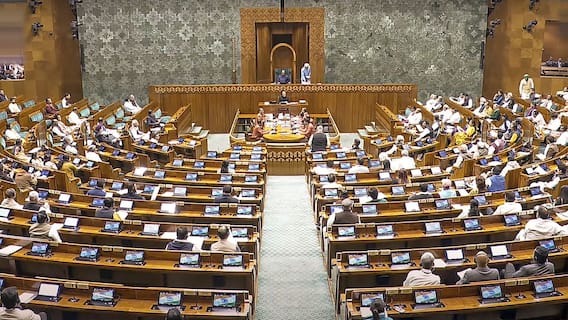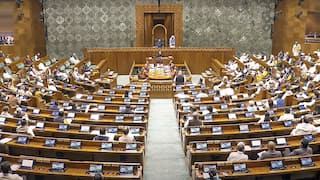India To Remain Lower Middle Economy By 2047 If Growth Rate Continues At 6%: Raghuram Rajan
The economist stated that ‘if one looks at the labour force participation, it is very low and when it comes to female participation, it is the lowest in the G20’.

India will still be a lower middle economy if the potential growth rate continues to be 6 per cent annually without any increase in population by 2047, former Reserve Bank of India governor, Raghuram Rajan, said. Rajan noted that the Indian economy will remain a lower middle one by 2047 (Amrit Kaal) and would reach the end of the demographic dividend by then.
Addressing an event in Hyderabad, the former RBI official said, “If the country does not grow faster, it will grow older (demographically) before it gets richer, which means there is the burden of an aging population to deal with also at that point,” reported PTI.
The economist stated that GDP growth in India for the last two quarters remained around 7.5 per cent and ‘if one looks at the labour force participation, it is very low and when it comes to female participation, it is the lowest in the G20’.
“India's growth potential is today about 6 per cent a year, GDP growth. If you do the math, at 6 per cent a year, you double every 12 years and therefore in 24 years, we'll be four times our per capita income. Today, the per capita income in India, as you know, is just a little below $2,500 per person. Multiply by four, we get $10,000 per person…So if you do the math, at our current rate of growth, you know, strong as it is highest in the G20, we don't get rich but we stay lower middle income till 2047,” Rajan added.
Certain southern states are growing in terms of population below reproduction rate, which is weakening growth. He noted that if the economy doesn’t grow faster, the country will grow old before it grows rich. Therefore, he stated, that the current pace of growth is insufficient to give employment to all individuals entering the labour force.
The former governor said that some developed countries moved from manufacturing to services to move up the value chain after they became richer. He noted that these countries are majorly services economies with 70 per cent of the labour force in the rich countries, generally in the service industry, 20 per cent in manufacturing, 5 per cent each in agriculture and construction.
Also Read : India Shelter Finance IPO: Issue Subscribed 36.62 Times On Last Day Of Offer
Trending News
Top Headlines





































